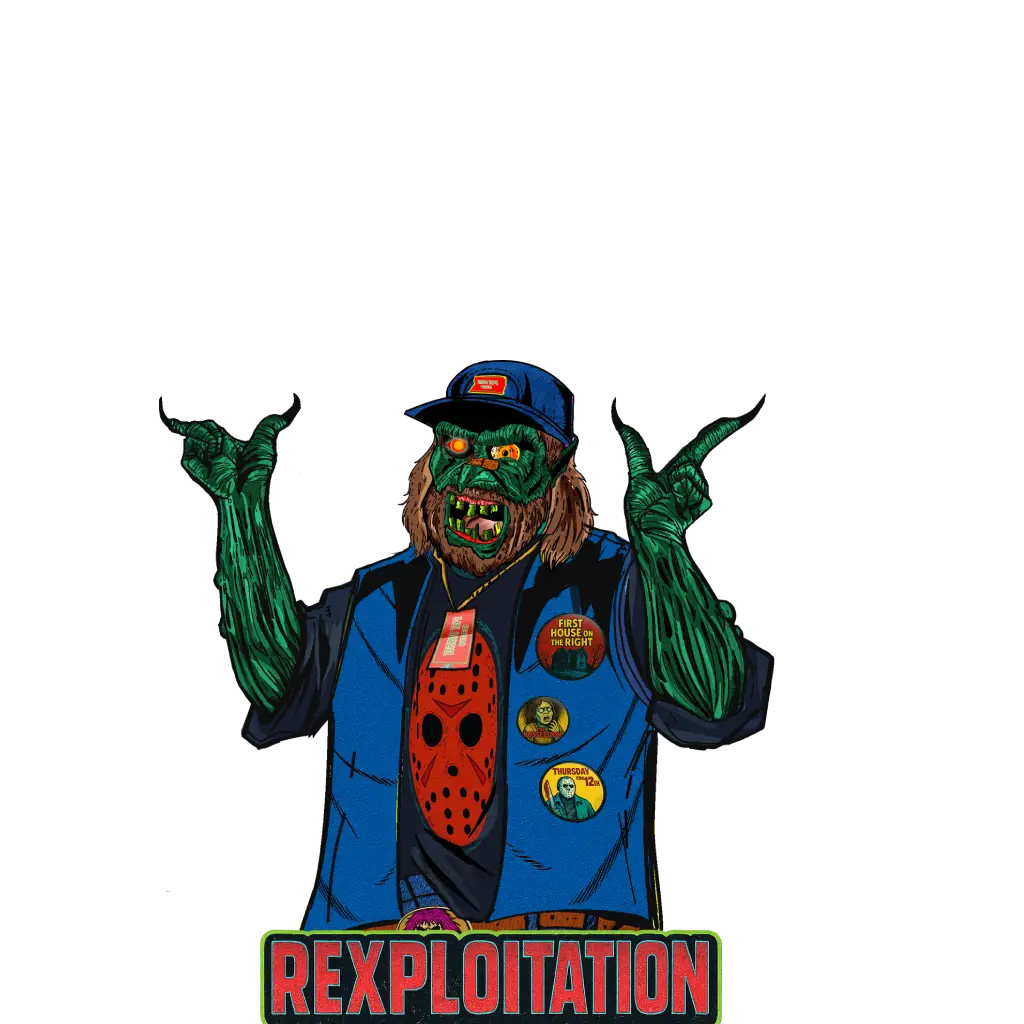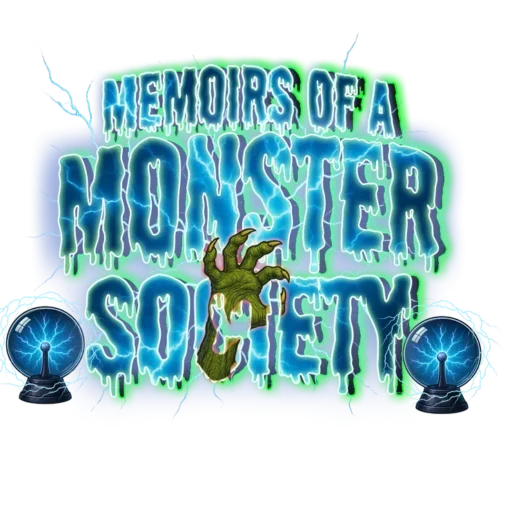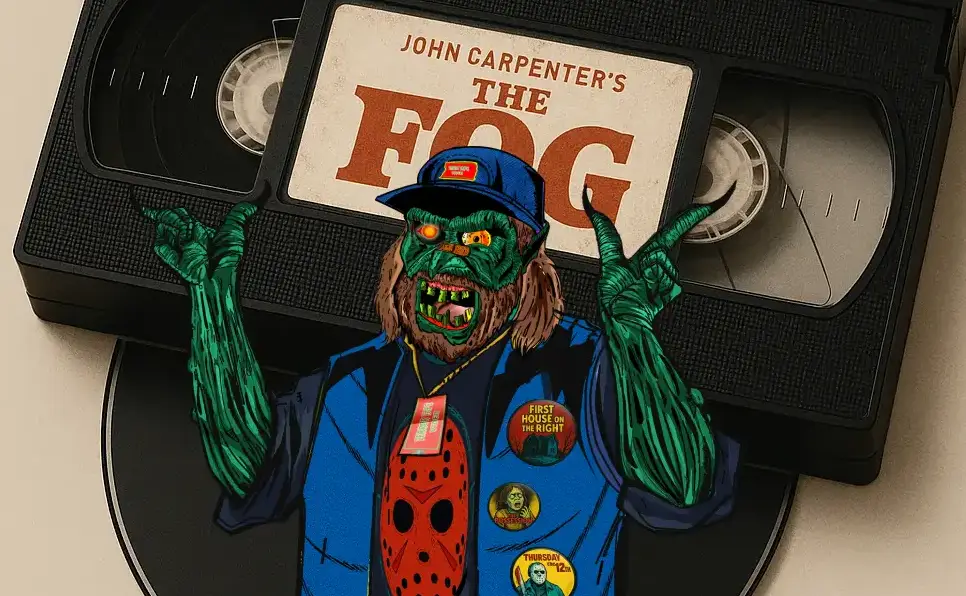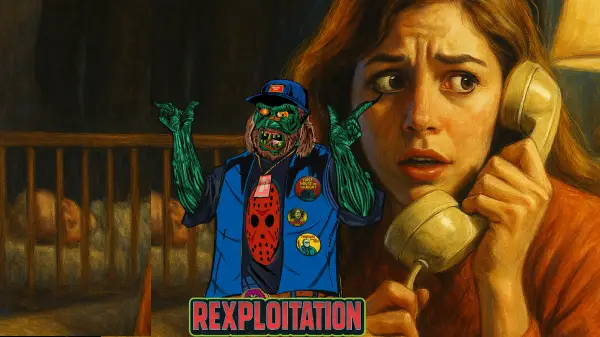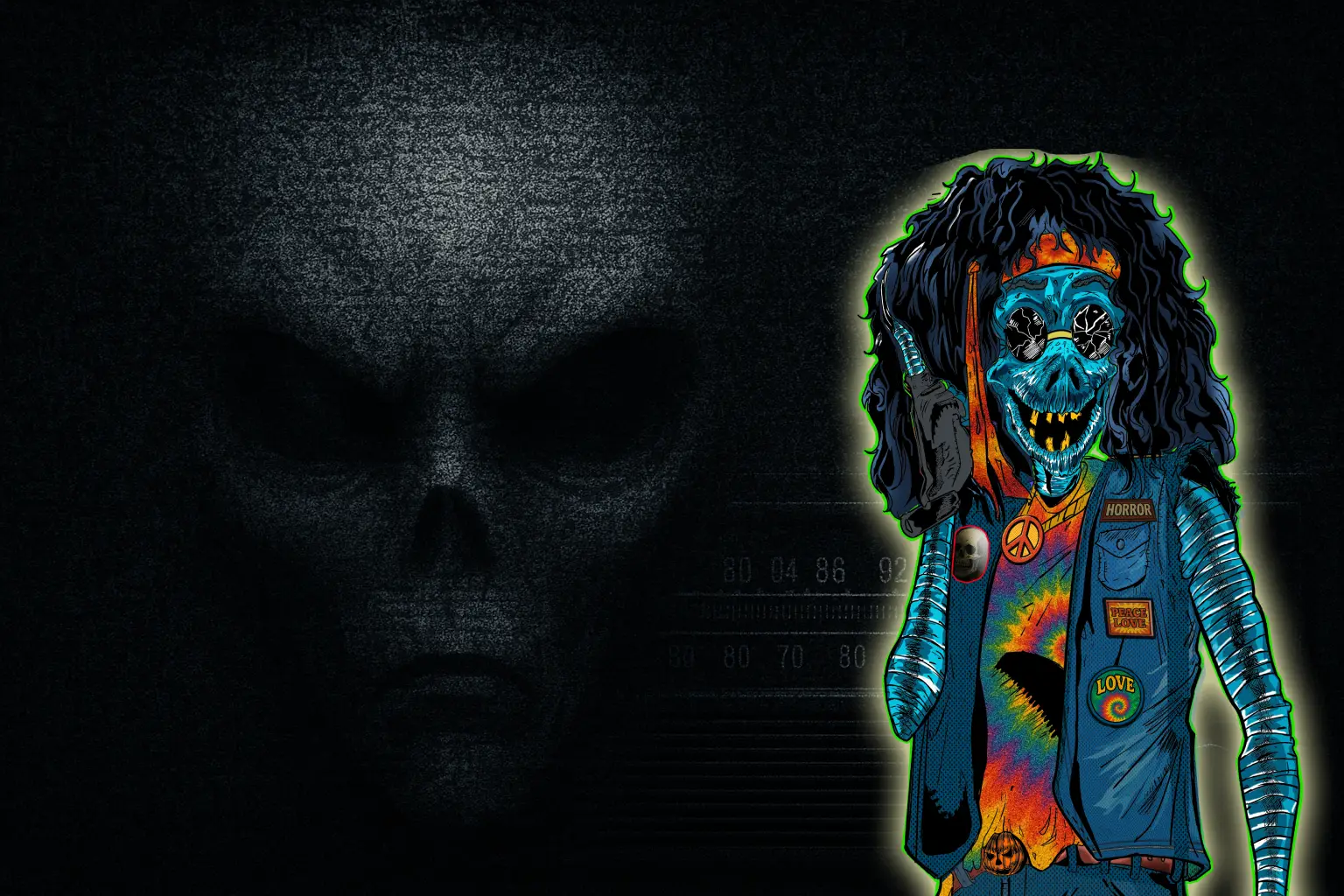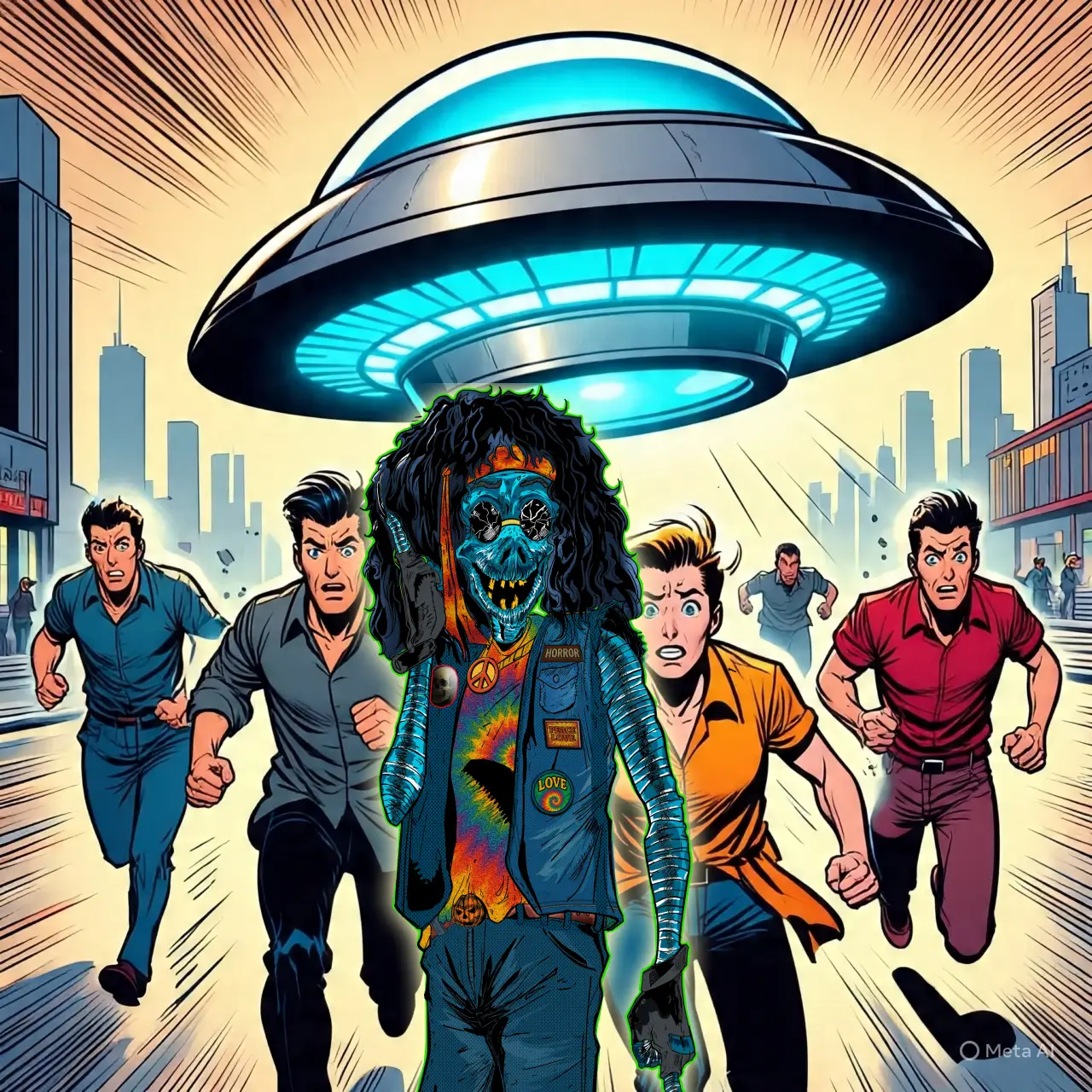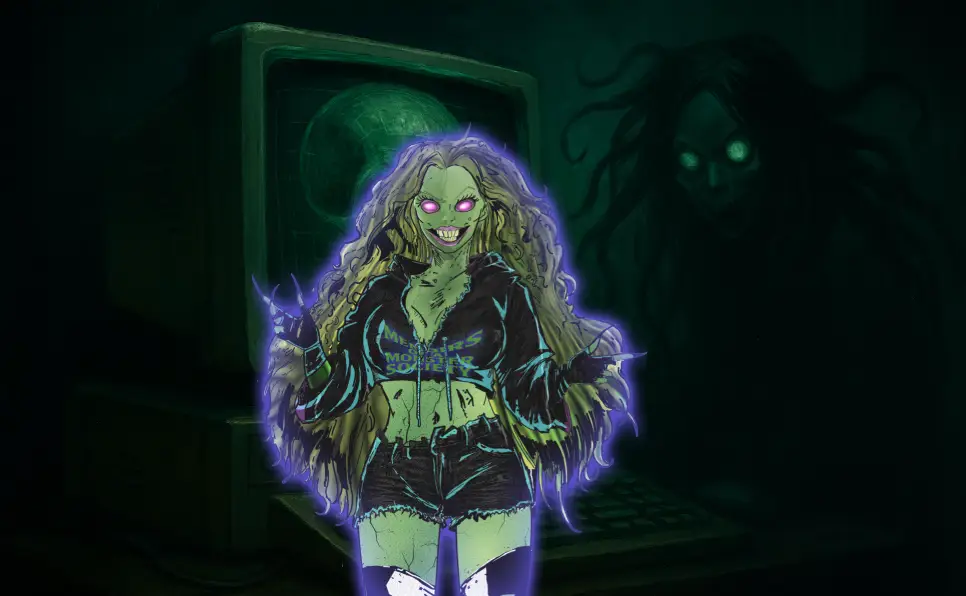Horror Used to Hurt: Why Your Favorite Remake Is a Coward
Back in the day, horror movies didn’t come to cuddle you. They came to hurt you. Nowadays? They’re too busy worrying about Rotten Tomatoes scores and Twitter discourse. Let’s talk about the disturbing horror remakes that fail—and the few that actually get it right.
The Forgotten Power of Disturbing Cinema
Once upon a time, horror movies weren’t about jump scares and clean endings. They were uncomfortable, dirty, and brutal. You didn’t watch them—you survived them. Films like The Last House on the Left, I Spit on Your Grave, and Gator Bait weren’t just entertainment; they were classic horror too disturbing to remake.
These films captured the paranoia and pain of their eras. They made you squirm, not with gore alone, but with implication, atmosphere, and cruelty. Here’s a reminder of what real pain on screen looked like:
These films aren’t polite. They’re not “fun” in the traditional sense. And that’s exactly why they still haunt us.
Why Horror Remakes Don’t Scare Anymore
Look—we get it. Studios love remakes because they’re “safe.” Built-in audiences, pre-sold names, yada yada. But let’s be real: most horror remakes are cowards.
They strip away what made the originals unforgettable and replace it with shiny CGI, sanitized scripts, and characters who look like they walked out of an Instagram ad. Here’s one that missed the mark completely:
The Fog (2005), A Nightmare on Elm Street (2010), and Black Christmas (2019) are just a few disturbing horror remakes that fail to recapture the unease, edge, or purpose of their predecessors.
Some Horror Can’t Be Tamed—And Shouldn’t Be
There’s a reason certain classic horror films are too disturbing to remake. Try remaking Henry: Portrait of a Serial Killer in today’s climate and see how fast you get banned from every streaming platform in town.
Or better yet, try selling Gator Bait to a modern audience without 30 trigger warnings and a thinkpiece attached. But that’s the beauty of these films—they were unapologetic. And honestly? We need that kind of horror again.
Good Horror Remakes vs Originals
Okay, okay—not all remakes are worthless. There are a few diamonds in the rough—remakes that understood the assignment and didn’t flinch. These are the rare examples of good horror remakes vs originals where both versions earn their place:
- The Hills Have Eyes (2006) – A savage retelling that doubles down on the terror.
- The Texas Chainsaw Massacre (2003) – Slicker, but still soaked in dread.
- Evil Dead (2013) – Absolutely drenched in blood and atmosphere.
These remakes didn’t try to be safe—they tried to be scary. And that makes all the difference.
Final Thoughts from the Video Store Basement
If you’ve made it this far, you get it. You understand why horror used to hurt. And maybe you’re tired of watered-down reboots that confuse “modern” with “soulless.”
We don’t want perfect lighting or flawless skin in our horror. We want something to chew on. Something that sticks to the ribs. And something that isn’t afraid to be uncomfortable.
Because horror that doesn’t hurt? It ain’t horror at all.
Tags: #horrorblog #horrorreboots #disturbinghorrormovies #vhsnostalgia #goodhorrorreboots #texaschainsawmassacre #evildeadremake #memoirsofamonstersociety
